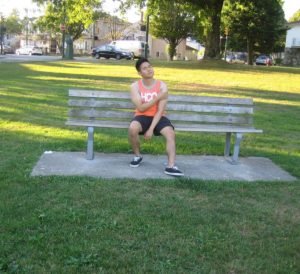Chickenpox was previously a common form of childhood infection. With the introduction of a vaccine, the cases have drastically dropped.
What are the signs?
The characteristic indication of chickenpox is an itchy rash that is localized in the abdomen, chest, face, back and upper legs and arms along with fever up to 105 degrees, headache and appetite loss.
The rash of chickenpox is distinct with its reddened bumps that turn into blisters filled with fluid that later scab or crust over.
Children with the condition typically develop a fresh group of bumps after the initial 3 days of being sick. Once the rashes crust over, they are no longer contagious.

Management of chickenpox
In most cases, once a child acquires chickenpox, it is allowed run its course while keeping the child comfortable. Acetaminophen can be given in the right dose to manage fever.
For the itchiness, an oral antihistamine or topical medication such as calamine can be used for relief.
Acyclovir which is an antiviral drug is used to manage chickenpox. This is generally reserved for older teenagers or children who are at high risk for severe complications.
Close look on the vaccine
The chickenpox vaccine is a live vaccine given to children starting at 12 months old. This is followed by a booster dose which is recommended for children at 4 years old to prevent a mild case of chickenpox that oftentimes manifests if only one dose was received. In addition, older children might require a booster if was not given one at the age of 4 years old.
